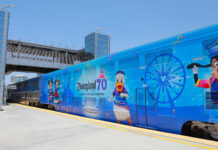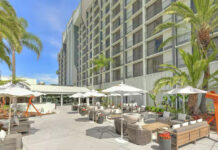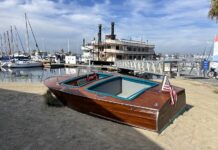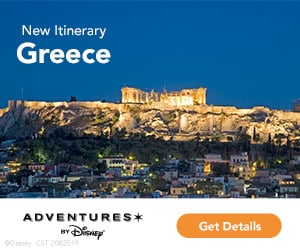This post contains affiliate links and our team will be compensated if you make a purchase after clicking on the links.
Germany is well known for popular tourist destinations such as Berlin, Hamburg, Frankfurt, Munich and Cologne. But as I recently discovered, there is a fascinating city on the Rhine River that can hold its own among the country’s best travel spots.
The city is Düsseldorf, a place where ancient history and postmodern Frank Gehry architecture share the banks of the Rhine with a cornucopia of shopping, shipping, restaurants and art galleries.
My getaway to the town began with an 11-hour flight from Los Angeles aboard Air Berlin. With comfortable seats, great food and friendly flight attendants, the trip across the Atlantic was as smooth as German chocolate.
The adventure continued on a high note when the plane landed at Dusseldorf International Airport and I was able to deplane, stroll through the terminal, across a street lined with trees, and arrive at the classy Maritim Hotel, all in about 15 minutes.
At the hotel I found spacious luxury in a beautiful, contemporary design, highlighted by a massive lobby with three restaurants and bars, glass elevators and a 411-ft-long by 56-ft-wide glass roof yielding incredible hotel views. The establishment also offers meeting space for thousands, a sauna, solarium, indoor pool, and gym.
The 7-story Maritim has 533 rooms and 37 suites. My room boasted a plasma TV, king bed, desk, Internet, mini-bar and a large, elegant bathroom. One of the hotels’ best features is that it is only 200 meters from the airport and the main train station. From the lobby, guests can be on a train to anywhere in the country in a matter of minutes. This made things easy for my trips to Old Town Düsseldorf.

Düsseldorf is a place where ancient history and postmodern Frank Gehry architecture share the banks of the Rhine
Known as Altstadt in German, Old Town is where you’ll find sites such as the remains of the city’s 13th century castle tower rising above hundreds of connecting bars and pubs, dubbed the “longest bar counter in the world.” For a closer look at the city, I hopped in a horse-drawn wagon with a few other tourists and embarked on a memorable ride.
Led by a local historian, the tour began with a keg of local Schlösser Alt beer and the sound of wooden wheels and clapping hooves rolling atop cobblestone streets. I then sat back and learned that Dusseldorf was founded on the River Dussel in the 13th century and experienced a Golden Age under Prince Johann Wilhelm, who ruled from 1679 to 1716.
In the mid-19th century the industrial revolution brought industry and money to the village. But World War I brought depression and WWII saw 85 percent of the city destroyed.
While my first taste of Dusseldorf was old and significant, my next stop was even older. From Altstadt I went to the Neanderthal Museum (www.neanderthal.de) in the nearby Neander Valley, where visitors can journey back in time hundreds of thousands of years, to the days of Neanderthal Man.
Neanderthal Man roamed Europe and Central Asia up until 30,000 years ago and is speculated to have coexisted with Homo Sapiens (modern man) for possibly 15,000 years. The fossilized remains of Neanderthal were discovered in the Feldhof Cave by quarrymen in 1856.
The cave is lost forever due to limestone quarrying, but today the Neanderthal Museum sits next to the dig site and gives visitors a chance to reconstruct his life through skeletal remains, tools, clothing, animals and more. In so doing, the four-story museum also traces humankind’s journey from the African savannahs more than four million years ago to today.
Back at my hotel I relaxed before a stroll along the Rhine River. Starting at the 13th century Castle Tower in Burgplatz, I walked past numerous outdoor cafes and throngs of people lounging on the river banks. As I continued on, the city transformed from cobblestone streets and medieval buildings to a modern metropolis of giant span bridges and post-modern Frank Gehry structures.
Located in prestigious Media Harbor, the three Gehry buildings were built in the 1990’s to attract attention to the modernizing waterfront. Each warped and wavy, formless structure has a unique material and identity. One is clad in red brick, one in mirror-polish stainless steel, and the other in white plaster. Similar to the architect’s Disney Concert Hall in Los Angeles, the architectural trio provides a powerful visual impact against the Rhine.
For more info on Düsseldorf, visit www.duesseldorf-tourismus.de/default_en.php. For info on staying at Maritim Hotel, visit www.maritim.de; and for info on flying to Dusseldorf, visit Air Berlin at www.airberlin.com
Discover more from Socalthrills.com
Subscribe to get the latest posts sent to your email.












